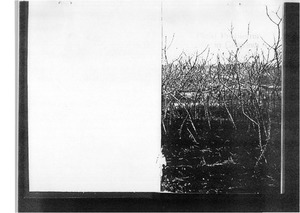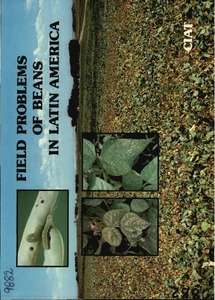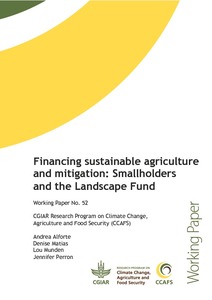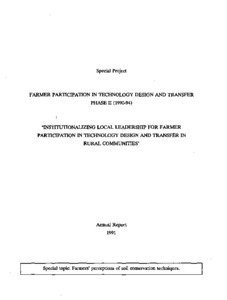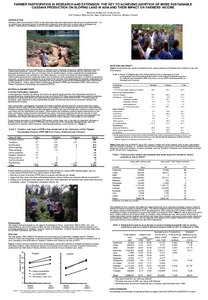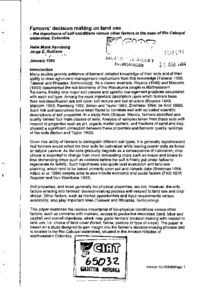Forage based fallow management strategies for intensified land use and resource conservation in small holder farms
Intensification of land-use is inevitable for long term food security in the east African highlands, but technological options need to be environmentally safe. How forages can be used as a basis for intensified grain and fodder production from the same land unit, and serve as a profitable fallow during necessary crop-free rest period is the purpose of this study.


